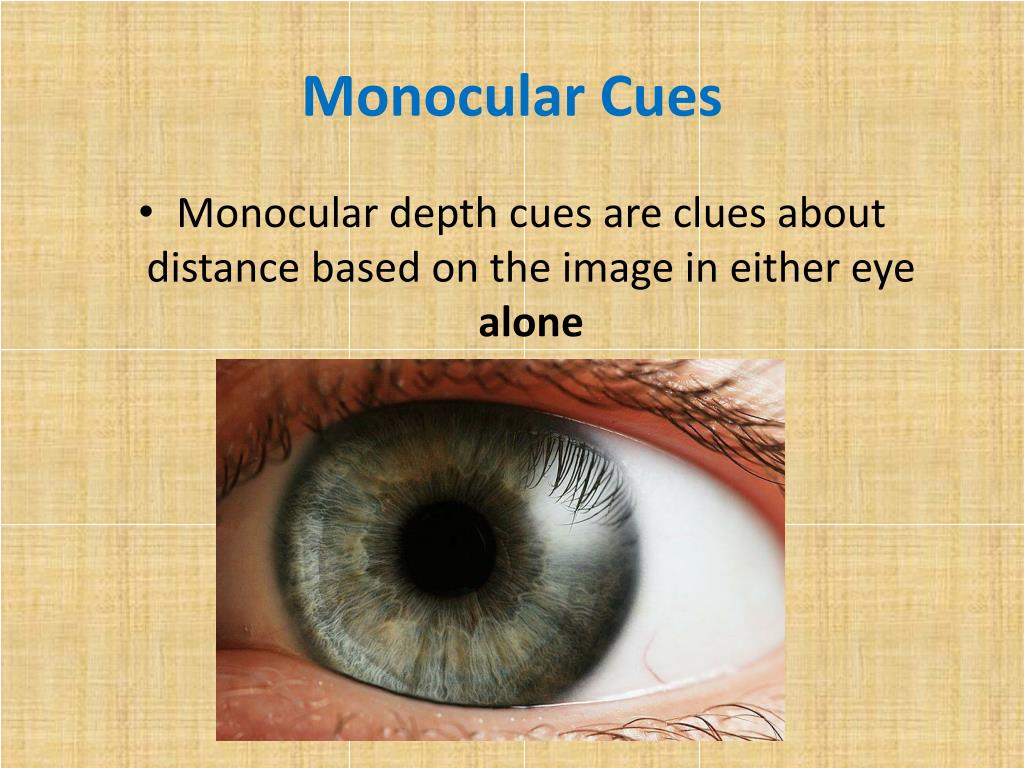

Functional-organization of area V2 in the alert macaque.

Coding of horizontal disparity and velocity by MT neurons in the alert macaque. Rejection of false matches for binocular correspondence in macaque visual cortical area V4. Disparity-tuning characteristics of neuronal responses to dynamic random-dot stereograms in macaque visual area V4. Range and mechanism of encoding of horizontal disparity in macaque V1. The effects of V4 and middle temporal (MT) area lesions on visual performance in the rhesus-monkey. A stereoscopic view of visual processing streams. Psychophysical evidence for separate channels for the perception of form, color, movement, and depth. Independence and merger of thalamocortical channels within macaque monkey primary visual cortex: anatomy of interlaminar projections. The parvocellular LGN provides a robust disynaptic input to the visual motion area MT. in Cortical Function: A View From the Thalamus (eds Casagrande, V. Cone signal interactions in direction-selective neurons in the middle temporal visual area (MT). How parallel are the primate visual pathways. The effects of parvocellular lateral geniculate lesions on the acuity and contrast sensitivity of macaque monkeys. Mechanisms of static and dynamic stereopsis in foveal cortex of the rhesus-monkey. Cells sensitive to binocular depth in area-18 of macaque monkey cortex. Segregation of form, color, and stereopsis in primate area-18. A core review article that comprehensively and critically summarises the field. The identification of a significant role for the extrastriate visual cortex in the generation of binocular depth perception leads to a broadened interest in the roles of these areas in explaining some phenomena associated with the human clinical condition of amblyopia.Ĭumming, B.

Ventral visual areas appear to use a more sophisticated algorithm that makes point-for-point matches between specific features on the left and right retinas.īinocular depth perception has been recently studied at the neuronal level using the measurement of choice probabilities and the application of electrical microstimulation within selected parts of the visual cortex. It is proposed that dorsal areas are predominantly involved in processing extended visual surfaces and resolving depth structure during self-movement, whereas ventral visual areas process relative disparity to support the analysis of the three-dimensional shape of objects.īinocular anticorrelation can be used to map the role of different sites in the visual cortex in the generation of binocular depth perception.ĭorsal visual areas appear to use a computational strategy based on a simple algorithm that approximately measures the cross-correlation between image regions on the left and right eyes. Neurons in both dorsal and ventral extrastriate visual areas respond to relative disparity. Neurons outside the primary visual cortex (V1) respond consistently to relative disparity. Other views have assigned different roles to the dorsal and ventral streams. One early hypothesis was that the dorsal visual cortical pathways are pre-eminently responsible for binocular depth perception. Known features of binocular stereoscopic depth perception can be used to set up tests of the role of individual neurons and individual cortical areas. Measurement of the tuning functions of neurons in the visual cortex for disparity gives important information about how the visual stimulus influences the firing of neurons but does little to reveal the roles of different neurons in binocular depth perception. The left and right eyes obtain images of the visual scene from slightly different viewpoints, leading to small differences between the left and right images called binocular disparities. Humans and some other animals use their two eyes in coordination to support binocular depth perception.


 0 kommentar(er)
0 kommentar(er)
